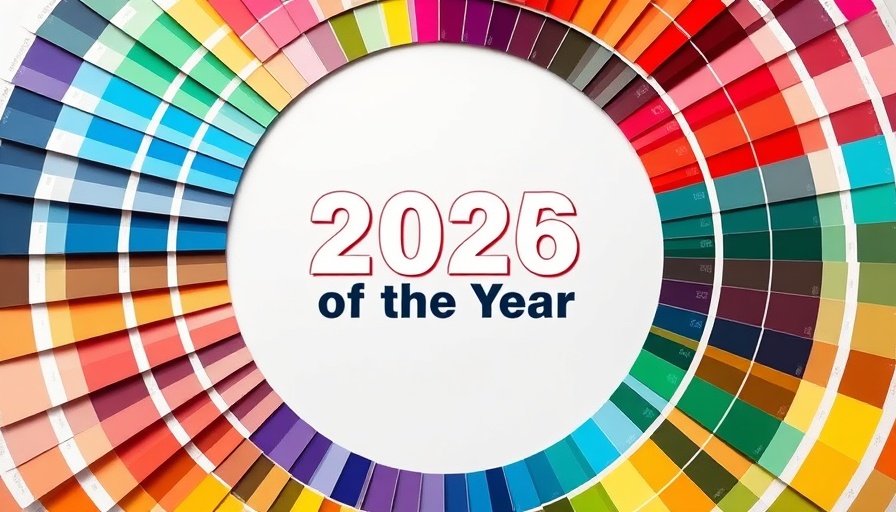
Understanding the Urban Heat Island Effect
The urban heat island (UHI) effect describes a concerning phenomenon whereby urban areas become significantly warmer than their rural surroundings, largely due to human activities and infrastructure. As cities expand, their cores absorb and retain heat, leading to elevated temperatures that can reach 1-7°C (2-12°F) higher during the day and even more at night, with differences of up to 12°C (22°F) noted after sunset. This is particularly alarming given the increasing frequency of heatwaves and their associated risks to human health and well-being.
What Causes the Heat Island Effect?
The factors contributing to the UHI effect are multifaceted. A primary driver is the materials utilized in urban construction. Roads and buildings made from concrete and asphalt absorb solar energy throughout the day, only to release it slowly at night. This continuous cycle creates a heat retention scenario that significantly raises nighttime temperatures. Moreover, the lack of greenery in urban spaces, which would typically mitigate heat through evapotranspiration, exacerbates these temperature differences.
The Impact of Air Conditioning
As cities grow hotter, the reliance on air conditioning has also surged, further increasing energy consumption. Air conditioners not only cool homes but expel warm air into the surrounding environment, intensifying the UHI effect. The cumulative impact of energy use in both residential and commercial buildings warrants consideration, as the pollutants generated can also contribute to broader environmental issues.
Mitigation Strategies for Homeowners
There are numerous strategies homeowners can apply to combat the heat island effect and create a more sustainable living environment. Much of this involves employing green building principles and implementing landscaping solutions. Here are a few practical measures:
- Use of Reflective Materials: Opting for lighter-colored roofing and pavement materials can drastically reduce heat absorption. Engaging with reflective coatings and living roofs can also significantly diminish solar gain.
- Increase Urban Greenery: Planting trees and creating green spaces can aid in cooling the urban landscape through shade and evapotranspiration. Green roofs and vertical gardens are innovative solutions that can be particularly effective in dense urban areas.
- Smart Planning and Design: Home designs that incorporate cross-ventilation, proper insulation, and energy-efficient windows can help reduce the reliance on cooling systems, thereby contributing to a cooler urban atmosphere.
Future Predictions: Urban Heat Dynamics
With climate change intensifying, cities must adapt efficiently to maintain livability. Future urban planning should prioritize sustainability and resilience against heat spikes. Integral to this is the need for extensive data collection and analysis to inform municipal policies aimed at mitigating the UHI effect. Forward-thinking initiatives such as increased permeable surfaces, tree canopies, and sustainable public transport systems are vital to enabling urban centers to thrive amidst rising temperatures.
A Call to Action for Communities
As homeowners in London confront fluctuating temperatures exacerbated by the UHI effect, embracing sustainable practices is essential for fostering healthier neighborhoods. Collective efforts can significantly reduce heat absorption and improve overall community well-being. Therefore, it is paramount to stay informed and proactive in implementing these strategies within your homes and through local community engagements. Let's make London a leader in sustainable urban living!
 Add Row
Add Row  Add
Add 




Write A Comment